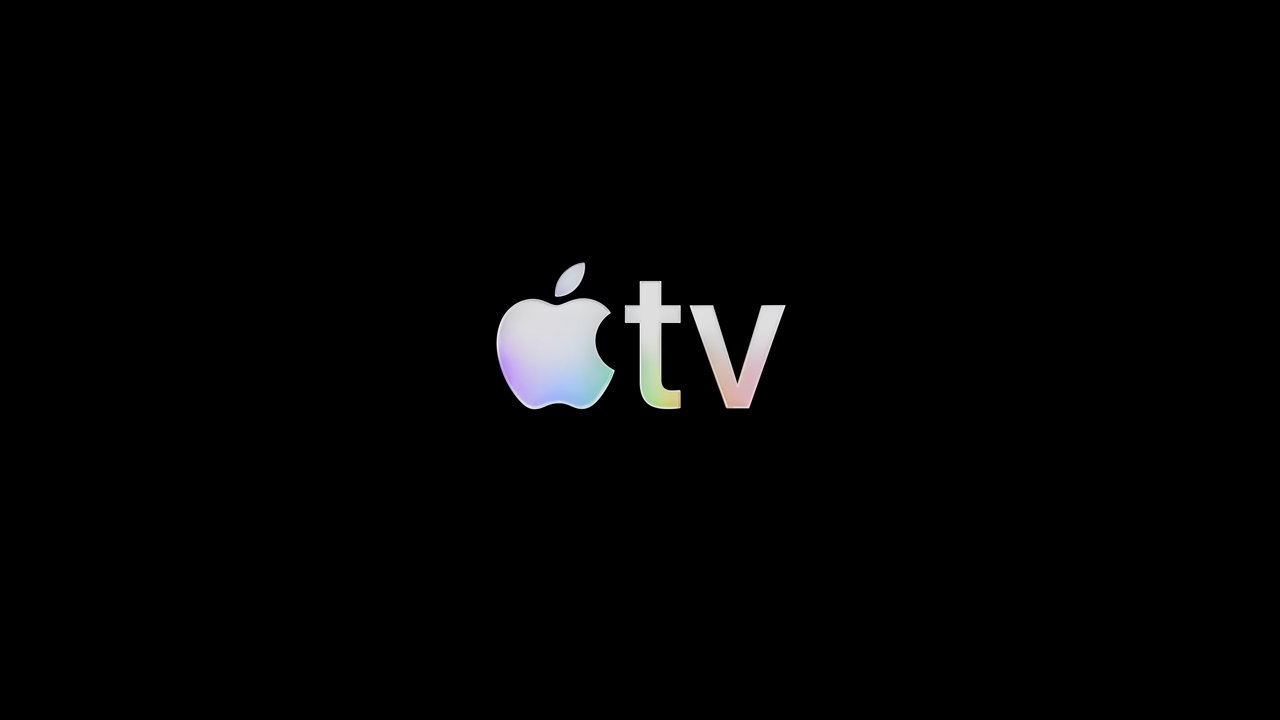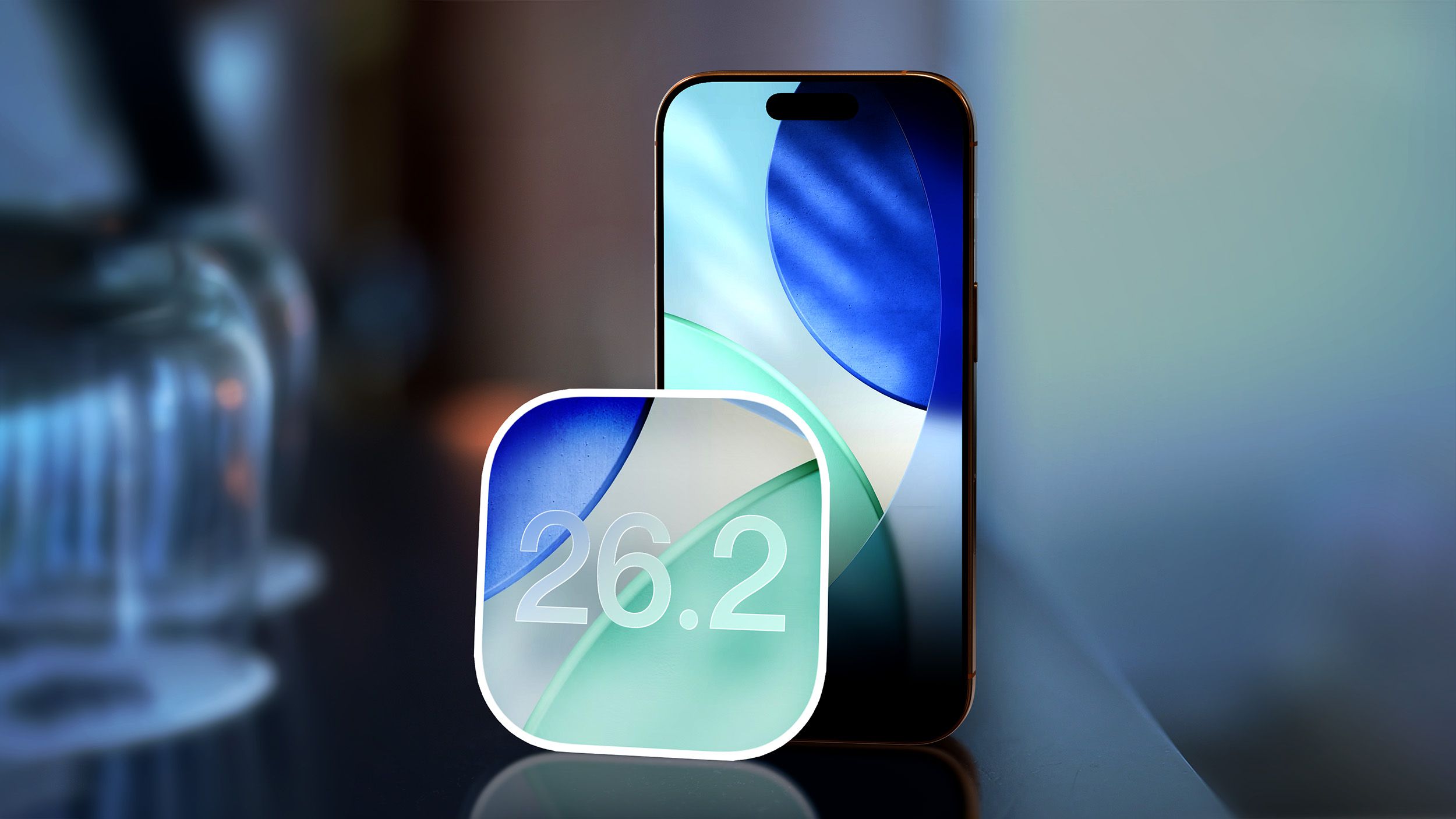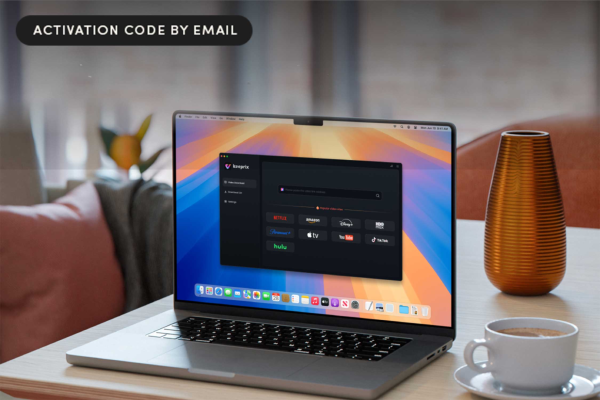In recent years, cryptocurrencies have gained significant popularity and acceptance as a form of digital currency. Among the many cryptocurrencies available today, Litecoin has emerged as one of the prominent players. With its fast transaction speeds and lower fees compared to Bitcoin, Litecoin has become a favored choice for many crypto enthusiasts. In this article, we will explore the steps you need to take to integrate Litecoin payments on your website, opening up new possibilities for your business and reaching a wider customer base.
Understanding Litecoin:
Before diving into the integration process, it's essential to grasp the fundamentals of Litecoin. Launched in 2011 by Charlie Lee, a former Google engineer, Litecoin is a decentralized cryptocurrency built on a peer-to-peer network. It utilizes a different hashing algorithm than Bitcoin, resulting in faster block generation times and improved transaction speed.
Setting Up a Litecoin Wallet:
To accept Litecoin payments, you first need a Litecoin wallet. A wallet is a digital application that allows you to securely store, send, and receive Litecoin. There are various wallet options available, including online wallets, mobile wallets, desktop wallets, and hardware wallets. Research and choose a wallet that best suits your needs in terms of security, convenience, and accessibility.
Integration with Payment Processors:
To seamlessly accept Litecoin payments on your website, you can leverage cryptocurrency payment processors. These processors act as intermediaries, facilitating the conversion of Litecoin into traditional currencies, if desired. Popular payment processors, such as CoinGate, BitPay, and CoinPayments, offer easy-to-use integration tools and plugins for popular e-commerce platforms like WooCommerce, Shopify, and Magento. By integrating with a payment processor, you can handle the technical aspects of Litecoin payment acceptance without the need for extensive coding knowledge.
Generating Payment Buttons or QR Codes:
Once you've set up your Litecoin wallet and chosen a payment processor, you can generate payment buttons or QR codes for your website. These payment buttons or QR codes serve as a user-friendly interface for customers to initiate the payment process. When a customer selects the Litecoin payment option, they are provided with a unique payment address or QR code that they can use to send the required amount of Litecoin from their wallet.
Displaying Payment Options and Instructions:
To ensure a smooth payment experience for your customers, it's crucial to clearly display Litecoin as a payment option on your website. Update your checkout page and include instructions on how to make a payment using Litecoin. Provide details on the payment process, such as the steps to scan the QR code or manually enter the payment address. Clear instructions can help alleviate any confusion and encourage users to choose Litecoin as their preferred payment method.
Monitoring and Managing Transactions:
Regularly monitor your Litecoin transactions to ensure payments are processed correctly. Payment processors typically provide transaction history and reporting tools, allowing you to track incoming Litecoin payments. Additionally, consider integrating email or SMS notifications to receive real-time alerts whenever a payment is received.
As the adoption of cryptocurrencies continues to grow, integrating Litecoin payments on your website can offer numerous benefits. By accepting Litecoin, you can tap into a wider customer base, especially those who prefer transacting with cryptocurrencies. Remember to prioritize security by using reputable wallets and payment processors, and provide clear instructions to enhance the user experience. Embrace the future of digital payments by integrating Litecoin and stay ahead in the ever-evolving world of e-commerce.















